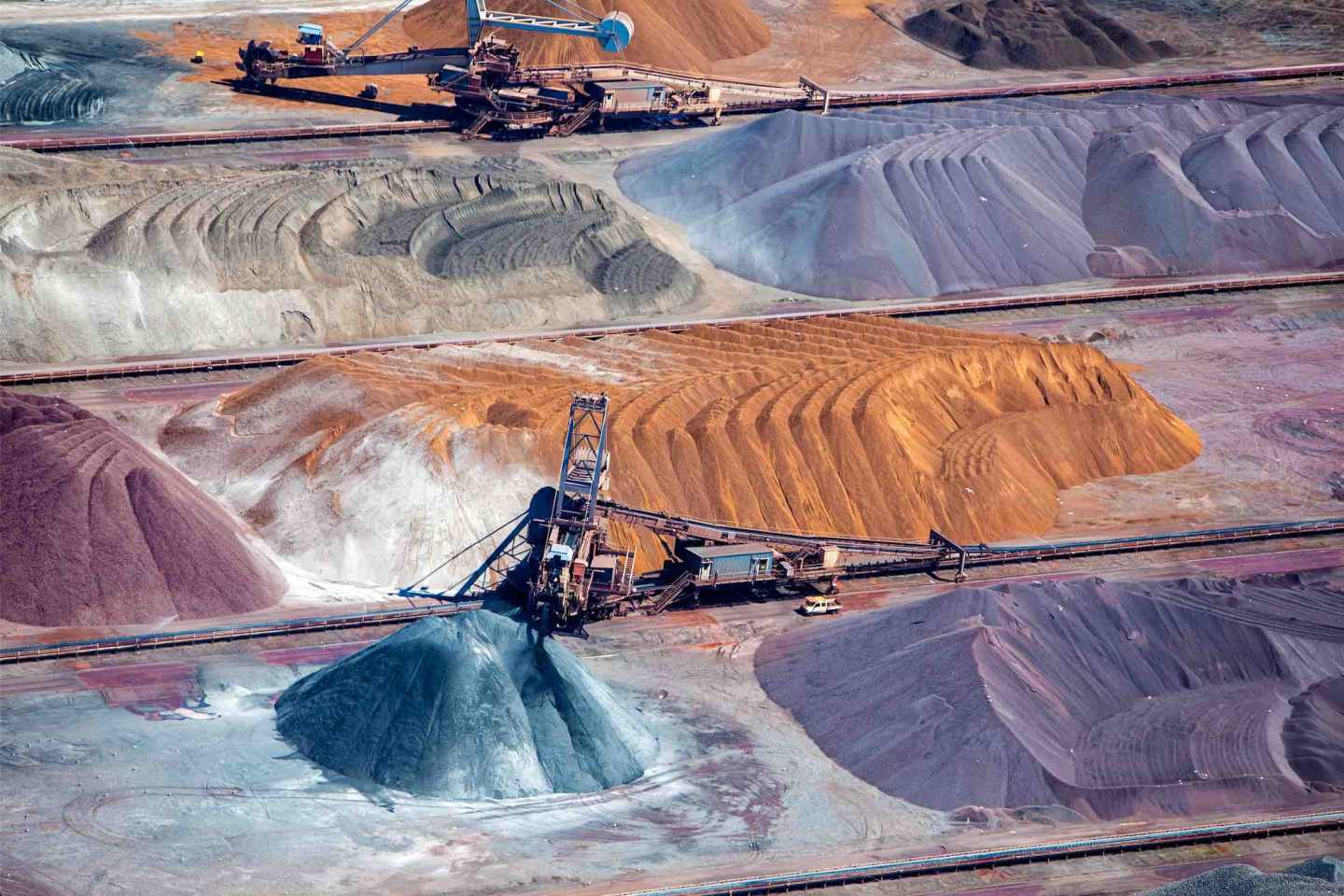Rare Earth Metal Market Research
What are Rare Earth Metals?
Rare Earth metals are part of the periodic table of elements. Rare earth is a silver metal found in tiny pockets embedded in hard rock. There are seventeen different elements:
- Neodymium
- Samarium
- Cerium
- Erbium
- Dysprosium
- Holmium
- Praseodymium
- Lutetium
- Gadolinium
- Lanthanum
- Europium
- Terbium
- Ytterbium
- Thulium
- Yttrium
- Promethium
- Scandium
The most well-known of them all is neodymium because it is a strong magnetic element. Neodymium has many uses, from wind turbine generators to electric motors. The music industry pairs it with samarium to make speakers and headphones.
The other sixteen elements are helpful for hard drives and lasers. Manufacturers also use them for transducers and monitoring equipment for natural disasters.
Why are Rare Metals and Minerals Important?
Rare metals and minerals are essential because a human’s entire life depends on them. Rare earth minerals are in everything that we need in our daily lives, like phones and televisions. They’re also in electric car batteries and solar panels.
From wind power to medical imaging tools, these rare earth metals are helpful so we cannot afford to run out of them because the lack of these minerals can put the health and wellness of our people at risk.
Skin cancer care medication and lighters all need this type of metal to be effective. Altogether they make up crucial bits of our LCD screens, smartphones, and laptops. Many of our devices need rare earth metals to operate.
Also known as Rare Earth Minerals, these metals are essential for technological growth. Yet, they are running out. Therefore we must sparingly use these metals as means of saving our tech future.
Decision-Makers in the Industry
China is the most prominent decision-maker in the rare earth metal industry because over 80 percent of all the earth’s rare metals are in China. That country has stockpiled rare earths that are in low demand. Other large producers include the United States, Myanmar, Australia, Madagascar, India, Russia, and Thailand.
Opportunities and Challenges
Rare earth metals are in the red zone. Soon, they may not exist anymore because there is a greater demand for them. Over 130 thousand tons of rare earth metals are used per year, which is a significant amount. We are burning through the supply. Mining the metals as fast as we need them is destroying China’s environment.
Fixing this problem is not as easy as mining elsewhere, which is another story. For example, experts recently come into contact with rare earth minerals on their seabed. It is up to 30 times more concentrated than China’s supply. Japan has a store that would last up to 230 years to come.
The problem with this discovery is retrieving it from where it is. This supply is in the ocean, around 58 hundred meters below. There has not been a successful mining operation over 5,000 meters below the sea. That is where new technologies in mining come in.
New Technologies in Mining Rare Earth Metals
China uses the conventional Open Pit Method in the mining of Rare Earth Metals. Some other countries also use this method of blowing up the large rocks to get the minerals within. There is a demand for a new way of retrieving these minerals, mainly due to the Japan underwater crisis.
Importance of Rare Earth Metals Market Research
Research on Rare Earth Metals is a smart move for companies that want to invest in this area. We organize Quantitative, Qualitative, and Strategy Research. We also bring in Focus Groups to help us know the public’s opinion and concerns about the product. It also helps us get an idea of the things we can improve. We conduct Surveys and Interviews as well.
Connecting to decision-makers in the Rare Earth Metal industry is a huge opportunity because companies can profit by investing money (for example into the Japan mineral rescue development). The resources of this project can be a worldwide win while being profitable to your company.


